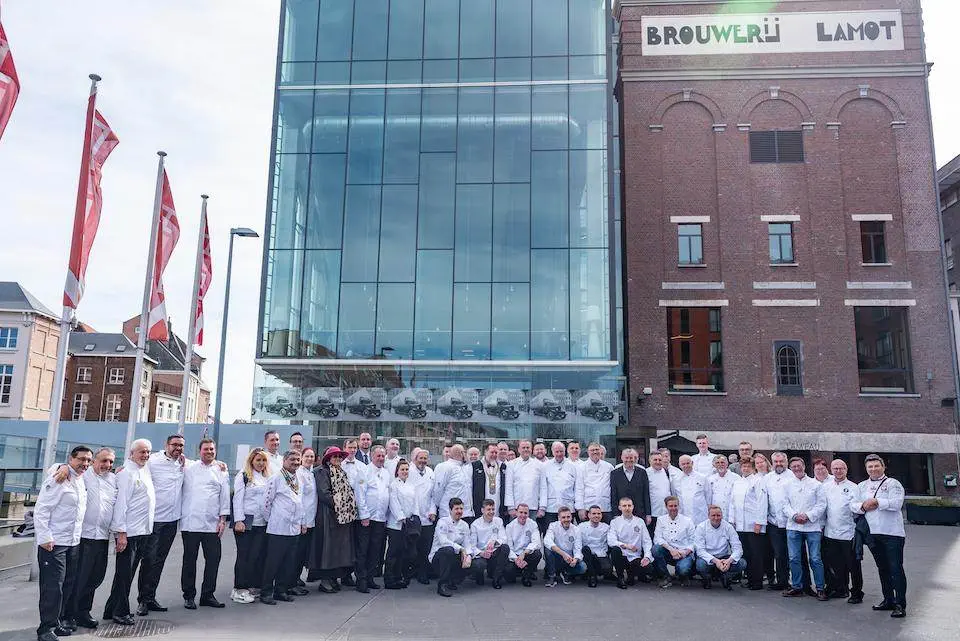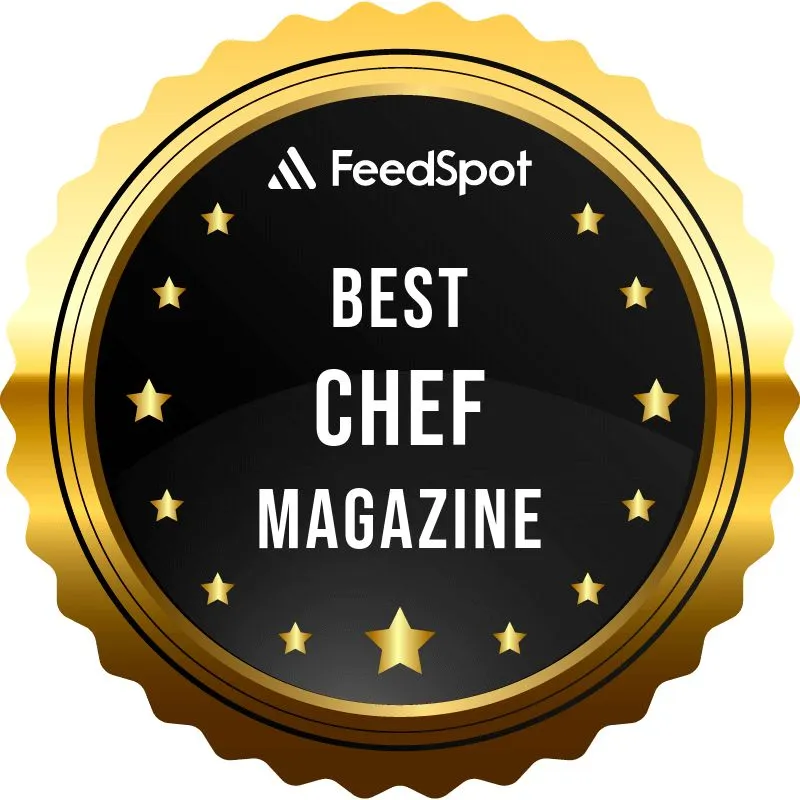Castilian Roasted Suckling Pig
A millenary speciality roasted in a wood-fired oven.
By Luis Soto Villalta.
History
Thinking about pig breeding was common in the Iberian culture, it is also logical to think that Iberian people could have roasted suckling pig in the pre-Roman era. However, the oldest graphic sources are from Latin origin. In fact, the suckling pig appears as a gourmet speciality in Roman pictures.
This all suggests that roasted suckling pig began to spread among the Iberian-Roman people between the 1st and 5th centuries AD.
During the Muslim occupation between the 8th and 15th centuries, its popularity declined over the majority of the Iberian Peninsula but not over the Norther Christian Kingdoms.
Some centuries later, it was in “Casa Cándido” in Segovia when the fame of the Castilian roast suckling pig spread throughout Spain and then to the rest of the world because the tourist boom of the 60s. Cándido started his business in 1930, although the inn had been operated since 1860.
Another internationally famous restaurant whose speciality is roast suckling pig is “Casa Botín”, in Madrid. Founded in the 17th century, its wood-burning oven has never been turned off since then, remaining 365 days a year ready to roast.
How to Prepare
Ingredients for 6-8 servings:
- 1 suckling pig 4,5 to 5 kg.
- 1 ½ litre water.
- 2 tablespoons coarse salt.
- About 150 ml pork lard.

Preparing the oven:
You can use any wood-burning oven for pizzas or roasts.
Use pine or birch wood for lighting because they burn faster. Once lit, use oak or holm oak wood because they are harder and more aromatic, they burn more slowly.
The interior of the oven must be at 225°C because when we introduce the piglet the temperature drops to 200°C. If it is not a big oven, heat it up 4-5 hours before roasting the suckling pig. If it is a big oven, heat it up the night before.
You must leave enough embers to roast the suckling pig for two hours. Do not introduce firewood during the roasting. It is better to leave extra embers so that there is no lack of heat. In this case, the suckling pig can be covered with aluminium foil to prevent it from becoming over-roasted.
Roasting the suckling pig:
It must be clean and empty, open at the belly halfway, from the head to the end of the spine. It does not have to be completely split, but open like a book.
Place it on a baking tray if it is possible in a clay one. Must be with the ribs facing upwards with a few slats underneath so that the crust does not stick to the tray. Salt it with coarse salt and put a litre of water on the tray and half litre between the ribs.
Place the tray about 30 centimetres away from the embers.
Roast the piglet for one hour, sprinkling with the roasting liquid.
After one hour, turn it over and prick it with a fork to release the water it has absorbed under the crust.
Brush with the pork lard.
Wrap the ears and tail with aluminium foil and put the piglet back into the oven.
Roast for about one more hour, until the crust is golden and crunchy.
Serving:
Take the baking tray out of the oven and cut the suckling pig with the edge of a flat plate with quick hits. Cut and serve portions of about 600 to 800 gr.
It can be served with salad or potatoes to your choice.
About the Author

My mother and grandfather introduced me to professional cooking. As people say in Spain: I learned to cook from the bottom of my mother’s skirt. The tradition in the family comes from my grandfather when he founded the first restaurant of the family in 1916. I have later studied both professional cooking and hotel management. I focused my career on kitchen and accommodation management, especially in the rural environment and the wilderness.
Luis Soto Villalta
https://desoto.eu














